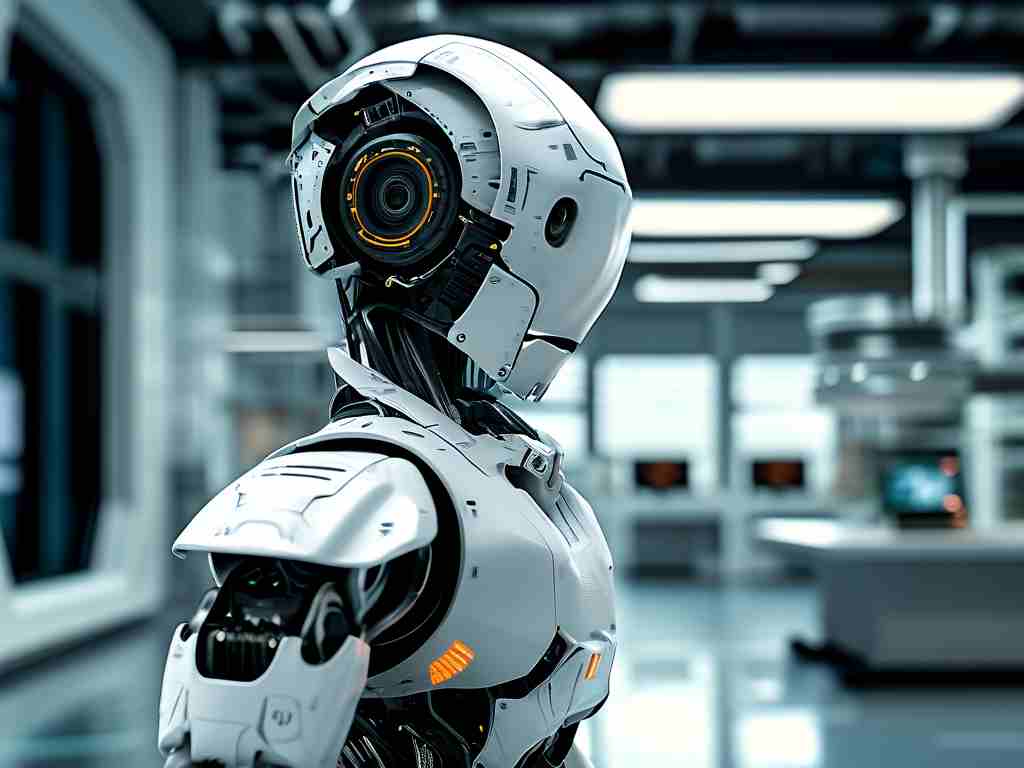The concept of stealth robotics has long captivated scientists and engineers, blending cutting-edge technology with principles borrowed from nature and advanced material science. Unlike traditional robots, which prioritize visibility for human interaction or industrial monitoring, stealth robots are designed to operate undetected—whether for surveillance, environmental monitoring, or specialized military applications. This article delves into the core principles driving this revolutionary technology, exploring how invisibility is achieved and the challenges engineers face in perfecting these systems.

The Foundation of Stealth Robotics
At its core, stealth robotics relies on three interconnected pillars: adaptive camouflage, minimal energy signatures, and silent operation. Adaptive camouflage, inspired by cephalopods like octopuses, involves surfaces that mimic surrounding environments in real time. Recent breakthroughs in electrochromic polymers and nanotechnology have enabled robots to alter their color, texture, and even reflectivity. For instance, a stealth drone deployed in a forested area might use embedded sensors to analyze foliage patterns and adjust its exterior coating to blend seamlessly with tree bark.
Minimizing energy emissions is equally critical. Traditional robots emit heat, sound, and electromagnetic waves—all detectable by modern sensors. Stealth robots employ ultra-low-power microprocessors and energy-efficient actuators. Some prototypes even harvest ambient energy, such as solar or kinetic sources, to reduce reliance on internal batteries. Additionally, electromagnetic shielding materials prevent signal leakage, ensuring communication channels remain encrypted and untraceable.
The Role of AI in Adaptive Stealth
Artificial intelligence acts as the brain behind stealth robotics. Machine learning algorithms process environmental data to optimize camouflage patterns and movement strategies. For example, a robot navigating an urban environment might use AI to predict patrol routes and adjust its path to avoid detection. Reinforcement learning further enables these systems to improve over time, learning from near-miss scenarios to refine their stealth capabilities.
One notable application is in underwater robotics. Submersibles equipped with AI-driven stealth systems can evade sonar detection by analyzing acoustic signals and altering their propulsion techniques. By mimicking the swimming patterns of marine life, these robots reduce turbulence and acoustic footprints, making them nearly invisible to traditional tracking methods.
Challenges in Material Science and Ethics
Despite progress, stealth robotics faces significant hurdles. Current camouflage materials degrade under extreme conditions, such as rapid temperature shifts or prolonged UV exposure. Researchers are experimenting with self-healing polymers and metamaterials that maintain functionality in harsh environments. However, scalability remains an issue; producing these materials cost-effectively for mass deployment is still a distant goal.
Ethical concerns also loom large. The potential misuse of stealth robots for unauthorized surveillance or cyber warfare has sparked debates among policymakers. Regulatory frameworks struggle to keep pace with technological advancements, raising questions about accountability and privacy. For instance, a stealth robot capable of infiltrating secure facilities could be weaponized by malicious actors, underscoring the need for international oversight.
Future Directions and Applications
Looking ahead, stealth robotics holds promise beyond military use. In healthcare, miniature stealth robots could deliver targeted drug therapies without triggering immune responses. Environmental scientists envision deploying swarms of invisible sensors to monitor endangered ecosystems without disturbing wildlife. Even the entertainment industry explores stealth drones for immersive augmented reality experiences, where robots interact with audiences without being seen.
Emerging technologies like quantum stealth—a theoretical concept involving light-bending materials—could revolutionize the field. While still in early research stages, quantum-based systems might enable true invisibility by redirecting light waves around an object. Combined with advancements in AI and energy efficiency, the next generation of stealth robots could operate indefinitely while remaining entirely undetectable.
In , stealth robotics represents a fusion of biology, engineering, and computer science, pushing the boundaries of what machines can achieve. As researchers tackle technical and ethical challenges, these invisible systems may soon become integral to industries ranging from defense to healthcare—ushering in an era where robots work silently, efficiently, and unseen.









